-
 Bitcoin
Bitcoin $105,555.7475
0.20% -
 Ethereum
Ethereum $2,532.6656
-0.81% -
 Tether USDt
Tether USDt $1.0005
0.01% -
 XRP
XRP $2.1571
-0.52% -
 BNB
BNB $648.9514
-0.39% -
 Solana
Solana $145.9230
-0.71% -
 USDC
USDC $1.0000
0.01% -
 Dogecoin
Dogecoin $0.1781
-0.19% -
 TRON
TRON $0.2711
0.00% -
 Cardano
Cardano $0.6295
-1.35% -
 Hyperliquid
Hyperliquid $40.1185
-4.00% -
 Sui
Sui $2.9945
-1.46% -
 Chainlink
Chainlink $13.2611
-0.45% -
 Bitcoin Cash
Bitcoin Cash $437.8737
-1.10% -
 UNUS SED LEO
UNUS SED LEO $9.2477
2.60% -
 Stellar
Stellar $0.2581
-0.94% -
 Avalanche
Avalanche $19.0292
-1.82% -
 Toncoin
Toncoin $2.9690
-1.78% -
 Shiba Inu
Shiba Inu $0.0...01210
-0.30% -
 Litecoin
Litecoin $85.9920
-0.52% -
 Hedera
Hedera $0.1542
-3.16% -
 Polkadot
Polkadot $3.7934
-0.70% -
 Ethena USDe
Ethena USDe $1.0003
-0.02% -
 Monero
Monero $315.4764
1.38% -
 Dai
Dai $1.0000
0.01% -
 Bitget Token
Bitget Token $4.5241
-0.74% -
 Pepe
Pepe $0.0...01112
-0.79% -
 Uniswap
Uniswap $7.3398
-2.41% -
 Pi
Pi $0.6167
5.70% -
 Aave
Aave $276.2851
-3.68%
how to create a digital wallet for cryptocurrency
To create a digital wallet for cryptocurrency, choose a trustworthy provider, create a new wallet, secure your private key, fund your wallet, select a supported cryptocurrency, and use your wallet while maintaining robust security measures.
Oct 11, 2024 at 12:41 pm

How to Create a Digital Wallet for Cryptocurrency
1. Choose a Trustworthy Wallet Provider:
- Research different wallet providers and their security measures.
Consider factors such as transaction fees, supported cryptocurrencies, and user reviews.
Popular Wallet Providers:
- Coinbase Wallet
- MetaMask
- Trust Wallet
- Ledger
- Trezor
2. Create a New Wallet:
- Visit the selected wallet provider's website or mobile app.
- Follow the instructions to create a new wallet. This typically involves providing a strong password and setting up two-factor authentication.
3. Secure Your Private Key:
- Private Key: A secret code that allows you to access and use your cryptocurrency.
- Never share your private key with anyone.
- Keep a backup of your private key in a secure location.
4. Fund Your Wallet:
- Buy cryptocurrency from an exchange or use a service like Coinbase for direct purchases.
- Send cryptocurrency from another wallet or exchange to your new wallet.
5. Choose a Supported Cryptocurrency:
- Not all wallets support all cryptocurrencies.
- Ensure the wallet you choose supports the specific cryptocurrency you want.
6. Use Your Wallet:
- Send Cryptocurrency: Input the recipient's address and the amount you wish to transfer.
- Receive Cryptocurrency: Provide your wallet address to the sender.
- Monitor Transactions: Keep track of all incoming and outgoing transactions in your wallet.
7. Maintain Security:
- Regularly update your password and software.
- Enable two-factor authentication for added protection.
- Be cautious about phishing scams and suspicious websites.
8. Hardware vs. Software Wallets:
- Hardware Wallets: Physical devices that store your private key offline for enhanced security. (e.g., Ledger, Trezor)
- Software Wallets: Mobile or desktop applications that manage your private key online. (e.g., Coinbase Wallet, MetaMask)
9. Choose a Wallet Type:
- Custodial Wallets: The wallet provider manages your private key. (e.g., Coinbase Wallet)
- Self-Custody Wallets: You are fully responsible for your private key. (e.g., Ledger, MetaMask)
10. Additional Tips:
- Consider using a hardware wallet for large amounts of cryptocurrency.
- Protect your computer or mobile device from viruses and malware.
- Be patient and learn about cryptocurrency before using a digital wallet.
Disclaimer:info@kdj.com
The information provided is not trading advice. kdj.com does not assume any responsibility for any investments made based on the information provided in this article. Cryptocurrencies are highly volatile and it is highly recommended that you invest with caution after thorough research!
If you believe that the content used on this website infringes your copyright, please contact us immediately (info@kdj.com) and we will delete it promptly.
- Shiba Inu (SHIB) Price Prediction 2030: Investing $1000 Today Could Generate Life-Changing Returns
- 2025-06-15 12:25:11
- Remittix Could Be a Turning Point for Investors as Its RTX Crypto Presale Continues to Headline in Q2
- 2025-06-15 12:25:11
- Top 3 Memecoins to Watch in May
- 2025-06-15 12:20:12
- Dawgz AI (DAGZ): The Next Breakout Meme Coin?
- 2025-06-15 12:20:12
- Bitcoin and Ether ETFs Keep Momentum With $191 Million Combined Inflows
- 2025-06-15 12:15:12
- The $11.6 Trillion Investing Titan BlackRock Has Filed to Tokenize Shares of Its $150 Billion Money Market Fund
- 2025-06-15 12:15:12
Related knowledge
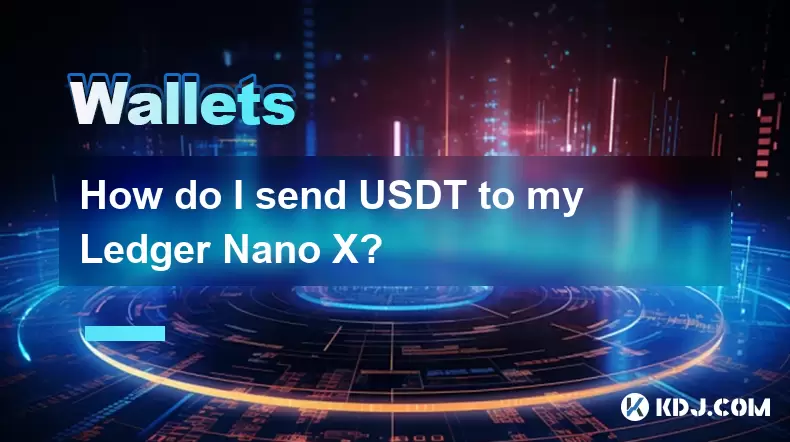
How do I send USDT to my Ledger Nano X?
Jun 15,2025 at 06:28am
What is USDT and Why Use Ledger Nano X?USDT, also known as Tether, is one of the most widely used stablecoins in the cryptocurrency ecosystem. It operates on various blockchain networks such as Ethereum (ERC-20), Tron (TRC-20), and others, offering users a digital asset pegged 1:1 to the US dollar. When it comes to storing USDT securely, hardware wallet...
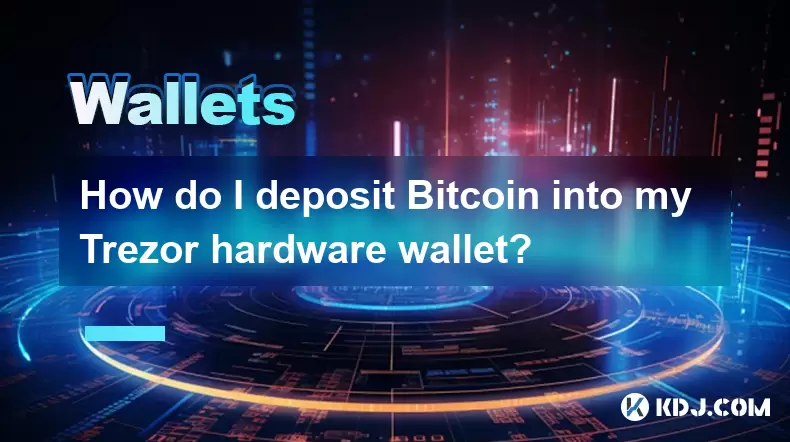
How do I deposit Bitcoin into my Trezor hardware wallet?
Jun 14,2025 at 12:29pm
What is a Trezor Hardware Wallet?A Trezor hardware wallet is a secure device designed to store cryptocurrencies offline, protecting them from online threats. Unlike software wallets, which are vulnerable to hacking and malware, Trezor stores private keys on the physical device itself. This ensures that transactions can only be approved by physically int...
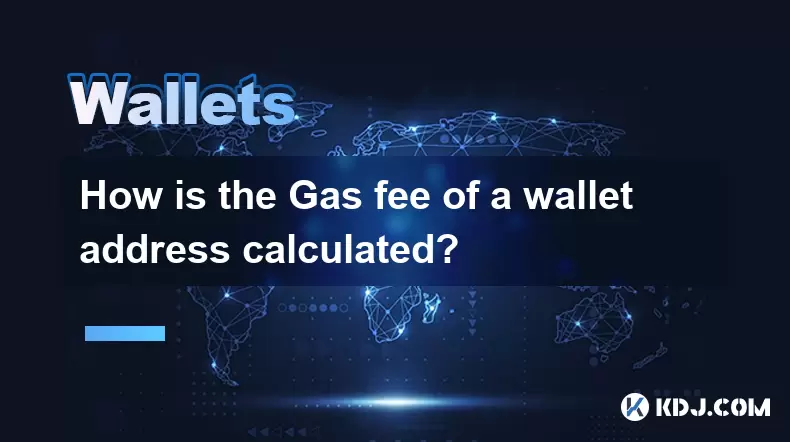
How is the Gas fee of a wallet address calculated?
Jun 14,2025 at 07:57pm
Understanding the Basics of Gas Fees in Blockchain TransactionsIn the cryptocurrency ecosystem, particularly within Ethereum-based networks, a Gas fee is an essential component of executing transactions or smart contract operations. The Gas fee serves as compensation for miners or validators who process and confirm transactions on the blockchain. It is ...
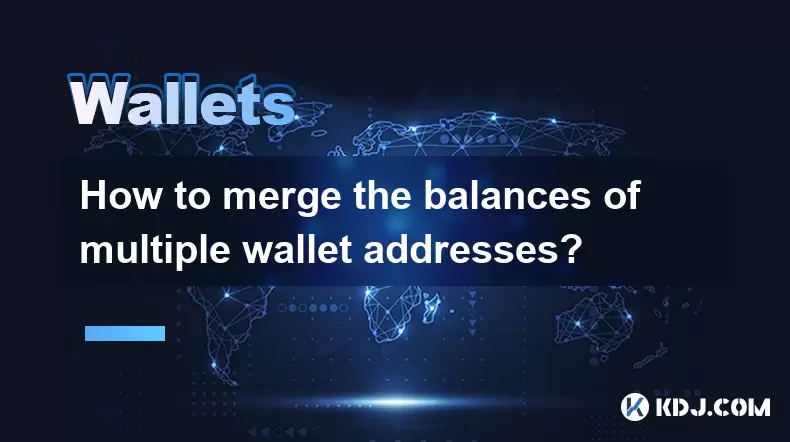
How to merge the balances of multiple wallet addresses?
Jun 13,2025 at 06:21pm
Understanding the Concept of Merging Wallet BalancesMerging the balances of multiple wallet addresses involves consolidating funds from different cryptocurrency wallets into a single address or account. This process is commonly undertaken by users who manage several wallets for security, diversification, or organizational purposes. Merging balances can ...
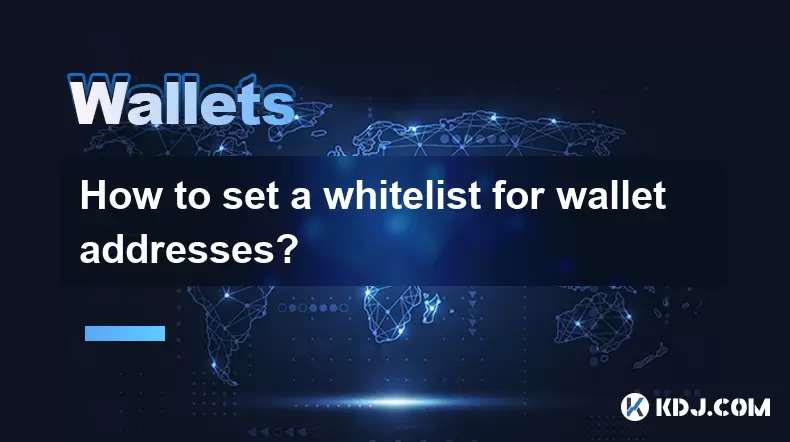
How to set a whitelist for wallet addresses?
Jun 15,2025 at 03:14am
Understanding the Concept of a Whitelist in BlockchainIn the realm of blockchain technology, a whitelist refers to a predefined list of approved entities—in this case, wallet addresses—that are granted access or permissions within a system. This mechanism is commonly used during token sales (ICOs/IDO), NFT minting events, and smart contract interactions...
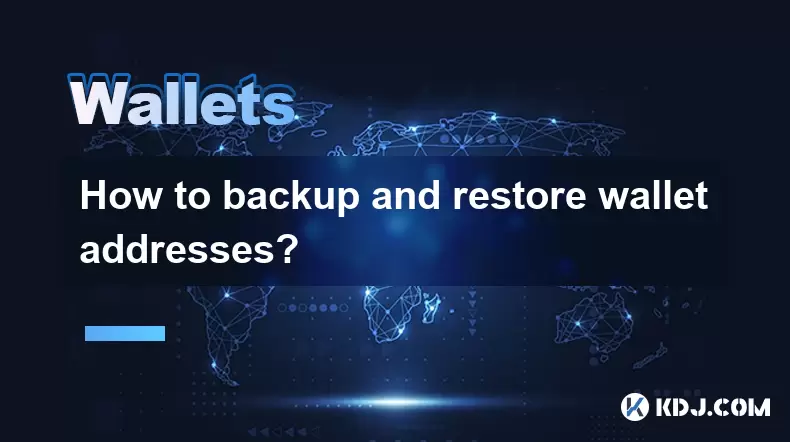
How to backup and restore wallet addresses?
Jun 14,2025 at 03:21pm
Understanding Wallet Addresses in CryptocurrencyIn the world of cryptocurrency, a wallet address is a unique identifier that allows users to send and receive digital assets. It functions similarly to an email address or bank account number. Each wallet address is associated with a private key, which grants access to the funds stored at that address. Los...

How do I send USDT to my Ledger Nano X?
Jun 15,2025 at 06:28am
What is USDT and Why Use Ledger Nano X?USDT, also known as Tether, is one of the most widely used stablecoins in the cryptocurrency ecosystem. It operates on various blockchain networks such as Ethereum (ERC-20), Tron (TRC-20), and others, offering users a digital asset pegged 1:1 to the US dollar. When it comes to storing USDT securely, hardware wallet...

How do I deposit Bitcoin into my Trezor hardware wallet?
Jun 14,2025 at 12:29pm
What is a Trezor Hardware Wallet?A Trezor hardware wallet is a secure device designed to store cryptocurrencies offline, protecting them from online threats. Unlike software wallets, which are vulnerable to hacking and malware, Trezor stores private keys on the physical device itself. This ensures that transactions can only be approved by physically int...

How is the Gas fee of a wallet address calculated?
Jun 14,2025 at 07:57pm
Understanding the Basics of Gas Fees in Blockchain TransactionsIn the cryptocurrency ecosystem, particularly within Ethereum-based networks, a Gas fee is an essential component of executing transactions or smart contract operations. The Gas fee serves as compensation for miners or validators who process and confirm transactions on the blockchain. It is ...

How to merge the balances of multiple wallet addresses?
Jun 13,2025 at 06:21pm
Understanding the Concept of Merging Wallet BalancesMerging the balances of multiple wallet addresses involves consolidating funds from different cryptocurrency wallets into a single address or account. This process is commonly undertaken by users who manage several wallets for security, diversification, or organizational purposes. Merging balances can ...

How to set a whitelist for wallet addresses?
Jun 15,2025 at 03:14am
Understanding the Concept of a Whitelist in BlockchainIn the realm of blockchain technology, a whitelist refers to a predefined list of approved entities—in this case, wallet addresses—that are granted access or permissions within a system. This mechanism is commonly used during token sales (ICOs/IDO), NFT minting events, and smart contract interactions...

How to backup and restore wallet addresses?
Jun 14,2025 at 03:21pm
Understanding Wallet Addresses in CryptocurrencyIn the world of cryptocurrency, a wallet address is a unique identifier that allows users to send and receive digital assets. It functions similarly to an email address or bank account number. Each wallet address is associated with a private key, which grants access to the funds stored at that address. Los...
See all articles

























































































